Barbed-wire fences, patrols, and passport controls: The refugee debate, and terrorism have changed the European border policy. The EU is divided – like the recent summit once again has shown. A Review.
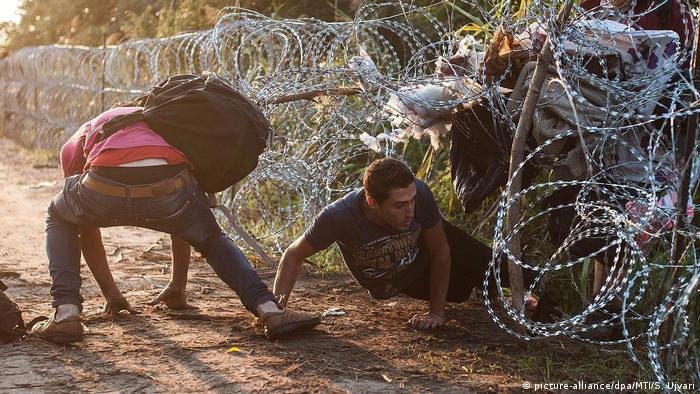
August 2015: refugees breaking through a Barrier at Röszke on the border between Hungary and Serbia
2015
16. January: Bulgaria announces, the 33-Kilometer-long fence on the border with Turkey by a further 130 kilometers, to expand, to want. According to the government, the number of refugees coming into the country has increased, compared to 2013 of 200 percent. The Balkan state is expecting a further increase of the Refugee.
17. June: The Hungarian government under the right-wing conservative Prime Minister Viktor Orban associates the construction of a fence on the border to Serbia. A month later, the Work on the 175-Kilometer-long section will begin. 14. In September of the border fence. With 94 million euros, it is significantly more expensive than originally planned.
13. September: Germany controls all land borders, in particular to Austria. The goal is, “to come back to a child process when entering the country,” explains Federal Minister of the interior Thomas de Maizière. The decision has met with criticism at the Opposition. “Borders can be closed, but the problems are not solved,” said Left party leader Gregor Gysi. Green party chief Katrin Göring-Eckardt criticized the Federal government distract the border checks “of your own failure”.
16. September: Due to the harsh handling Hungarian refugees, more and more people to Austria. The country follows the German example and introduce controls at the borders with Hungary, Italy, Slovenia and Slovakia.
18. September: Hungary begins with the construction of a Fence on the border with Croatia.
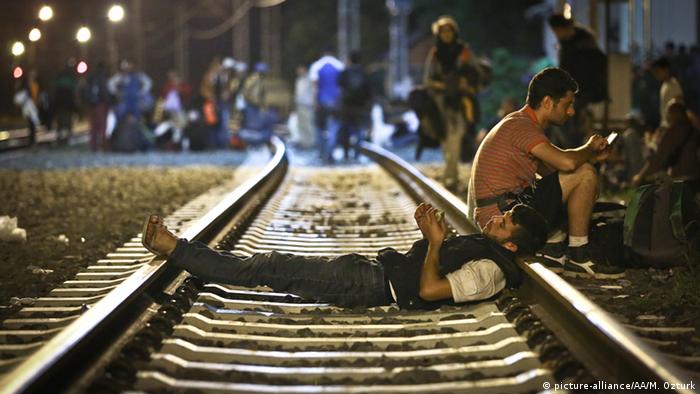
September 2015: refugees wait in Croatia, Tovarnik, close to the Serbian border on a train to Zagreb
23. September: Germany, extended for the first time on 13. September-introduced border controls – first to mid-October, and then again and again. Up to and including may 2017, the EU Commission agreed to several times, the renewal of border controls in Germany and other Schengen States. The latest settlement sees the end of the checks referred to in the 11. November 2017.
24. September: Between Croatia and Serbia, escalated a dispute over the handling of the two countries with refugees in Croatia, the limit for citizens from Serbia-tight. Serbia blocks the border for the transport of goods from Croatia.
24. September: At the Slovenian border to begin construction of a fence on the border to Hungary without notice to you. Two days later, Orban’s government has the attachment and break down again.
11. November: Slovenia starts with the construction of a fence on the border to Croatia.
12. November: Germany and Austria now controls Sweden its country’s borders.
13. November: In the case of Islamist terrorist attacks in Paris, 130 people were killed and 352 injured. In the context of the state of emergency the French government introduces border controls. Because of the continuing terrorist danger to the scheme is likely to continue up to 15. July, 2017.
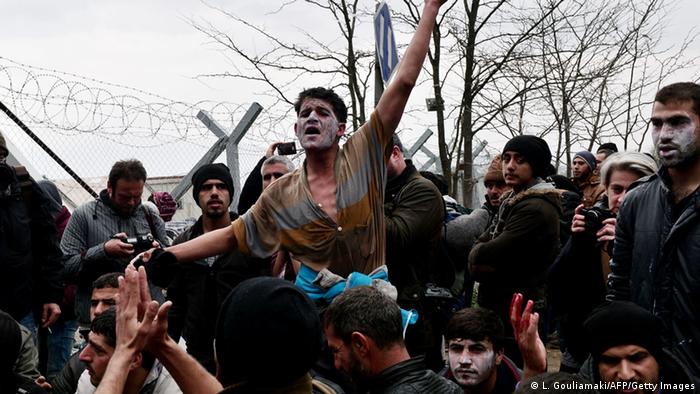
February 2016: refugees in the Greek Idomeni protest against the conditions at the Macedonian border
13. November: The Austrian government agrees on the construction of a 3.7 kilometre fence on the border to Slovenia.
19. November: Slovenia, Croatia, Serbia and Macedonia leave the only Syrians, Iraqis and Afghans are going to happen.
26. November: Norway controls its borders, in particular the ferry services.
29. November: Macedonia starts the construction of a Fence in Parts of the border with Greece.
2016
4. January: Sweden controls at the border to Denmark. Denmark begins again, with random controls at the border to Germany.
20. January: Macedonia closes momentarily the border to Greece for refugees. After nearly 48 hours, you will be re-opened. By is left, but only those who want to make in Germany or Austria for asylum.
29. February: Between the Greek place Idomeni and the Macedonian city of Gevgelija it comes to dramatic scenes, hundreds of refugees are trying to the Macedonian border fence to break through. The border police use tear gas.
8. March: As the first Balkan state of Slovenia its borders to all people without valid passports and visas. Serbia, Macedonia and Croatia to follow. The Balkans is a closed route.
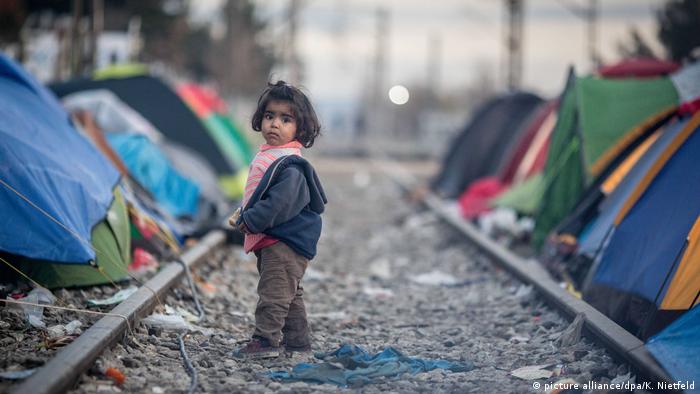
March 2016: In the Greek Idomeni around 12,500 refugees stuck after the closing of the Balkan route
10. April: Again, it comes to riots on the Macedonian-Greek border. Border guards fire tear gas, stun grenades and rubber bullets at refugees crossing the border fence to break through. According to witnesses, more than 300 people are injured reports.
12. May: Germany is controlled only at the border to Austria.
20. to 21. October: At the EU summit in Brussels, some countries, including Poland, the Czech Republic, Slovakia, Hungary and Italy, the end of border controls in the Schengen area. The illegal Migration is monitored by the Closing of the Balkan route is sufficient and the current controls inappropriate.
25. December: Federal Minister of the interior Thomas de Maizière announced in an Interview with the “Bild”newspaper, the date to February 2017 temporary controls at the border to Austria is significantly above the date, continue to want to. “At the Moment I can see no end to it,” said the CDU politician.
2017
7. January: Austria announces that the border controls for an indefinite period of time extend to.
25. January: The EU Commission allows Germany, Austria, Denmark, Sweden and Norway, for the umpteenth Time, an extension of border controls – this time for a further three months to mid-may.
26. January: in an answer to a parliamentary question of the Greens in the Bundestag, the Federal government, the border controls also in the middle of may, keep will. The Federal police have noted a “continued high migration pressure on Europe”, an extension was “in view of the overall situation is necessary”.
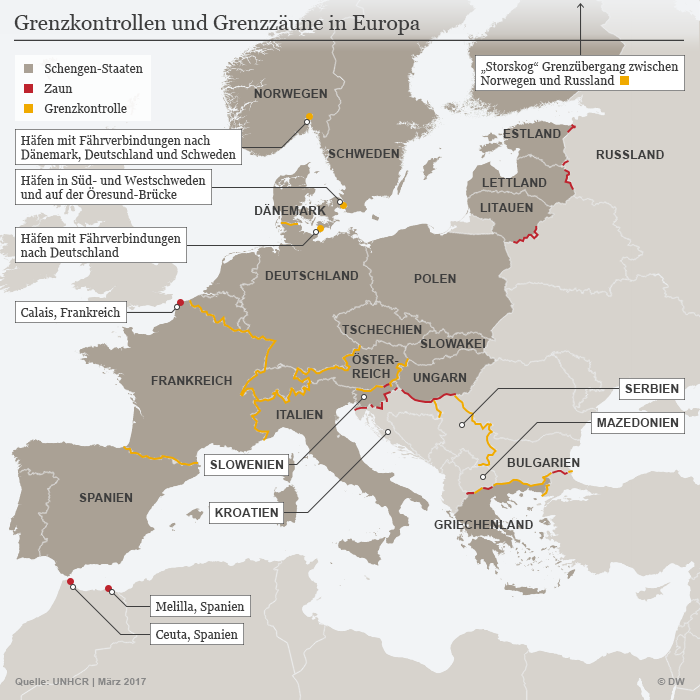
After many derogations, the EU wants to return to the Commission no later than the end of 2017 to the Schengen system
7. April: At the external borders of the Schengen area, a scheme is in force, the EU Commission already in December 2015 as a response to the attacks of Paris elaborated: From now on, the data of all travellers at border crossings electronically checked.
8. April: Due to kilometers-long traffic jams on the Croatian-Slovenian and Hungarian-Croatian border in Croatia, Slovenia and Hungary, just the tightening of controls briefly.
2. May: The EU Commission permitted the Schengen countries of Germany, Austria, Denmark, Sweden and Norway for one last Time his six-month extension of the temporary border controls. EU interior Commissioner Dimitri explained Avramopoulos, it was time “to return to a full functioning of the Schengen system”. The Bavarian interior Minister Joachim Herrmann assured, however the “Bild am Sonntag”, the controls on the border to Austria would be held “until at least the end of the year more”.

